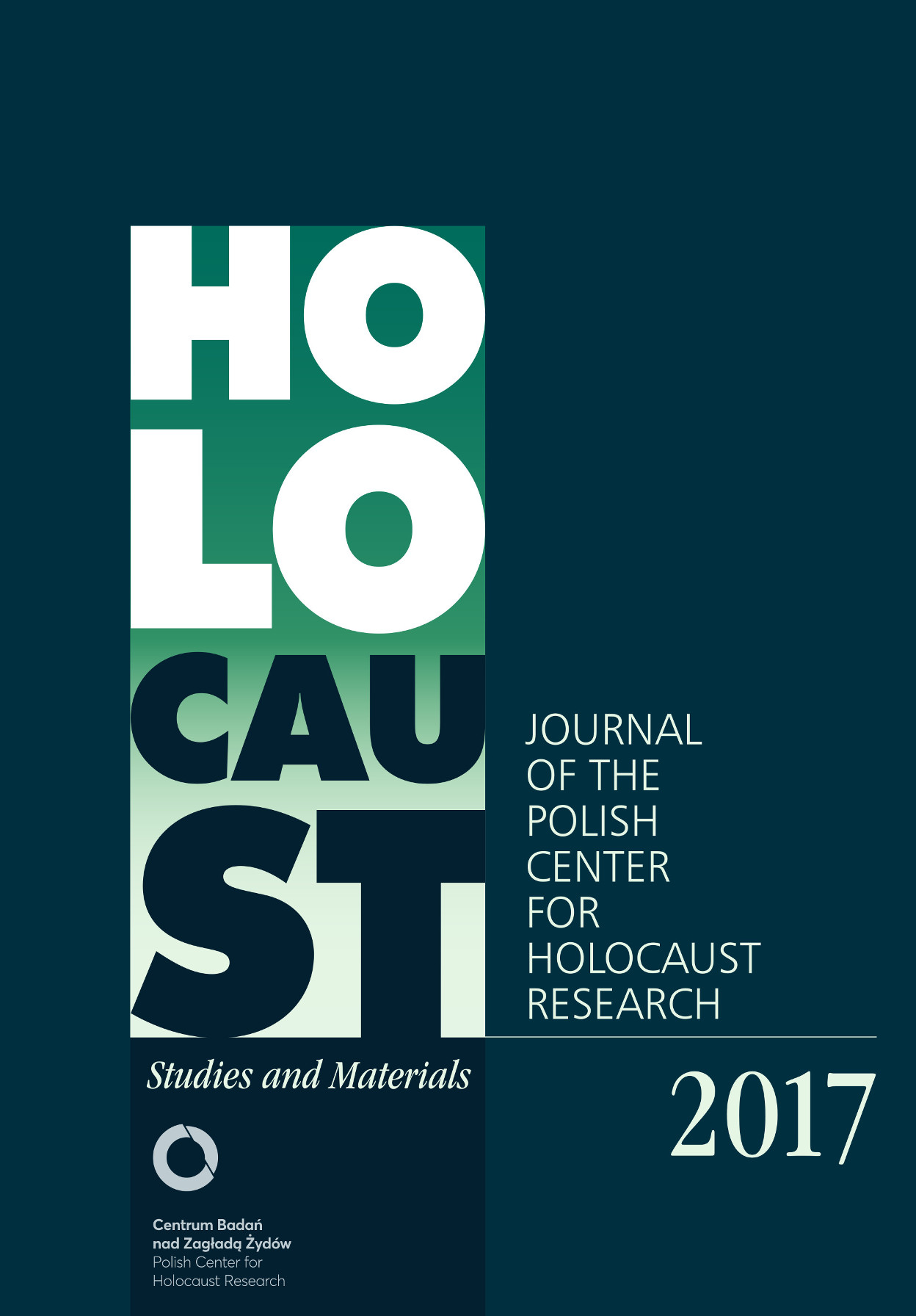Instead of negationism. The symbolic topography of the former Warsaw ghetto vis-à-vis Holocaust narratives
Instead of negationism. The symbolic topography of the former Warsaw ghetto vis-à-vis Holocaust narratives
Author(s): Elżbieta JanickaSubject(s): History of the Holocaust, History of Antisemitism
Published by: Stowarzyszenie Centrum Badań nad Zagładą Żydów & IFiS PAN
Keywords: symbolic topography; politics of memory; double genocide theory; Holocaustisation; anti-Semitic discourse; myth of Judaeo-communism; Warsaw Ghetto; Katyń
Summary/Abstract: A comparative analysis of the two monuments erected on one of the streets in the area of the former Warsaw Ghetto, the Umschlagplatz monument (1988) and the Monument to the Fallen and Murdered in the East (Pomnik Poległym i Pomordowanym na Wschodzie) (1995), shows how the equation of Nazism with Stalinism, if not with communism, has become inscribed in the symbolic topography of that place. The stake in this operation is the ‘Holocaustisation’ of the “Polish fate,” epitomised by deportations into the interior of the USSR and the massacre in Katyń. The anticommunist discourse with a still un-defused anti-Semitic potential (the myth of Judaeo-communism, the double genocide theory) constitutes the overall narrative framework. The result is the rationalisation (presentation as a well deserved punishment or self-defence) of the stances of the majority of Polish society and its behaviour toward Jews during the Holocaust. Instead of upsetting the heroic-martyrological narratives about the dominant group’s past, the increasing knowledge about the facts leads only to their mutation and strengthening. The context of this phenomenon is the politics of memory adopted by Poland and the Baltic states on the European forum. Its dynamic consists in shifting the limits of the European memory compromise, that is, in rationalisation of the Holocaust and anti-Semitism in an attempt to preserve one’s image as the hero and victim.
Journal: Holocaust Studies and Materials
- Issue Year: 2017
- Issue No: 4
- Page Range: 212-261
- Page Count: 50
- Language: English

